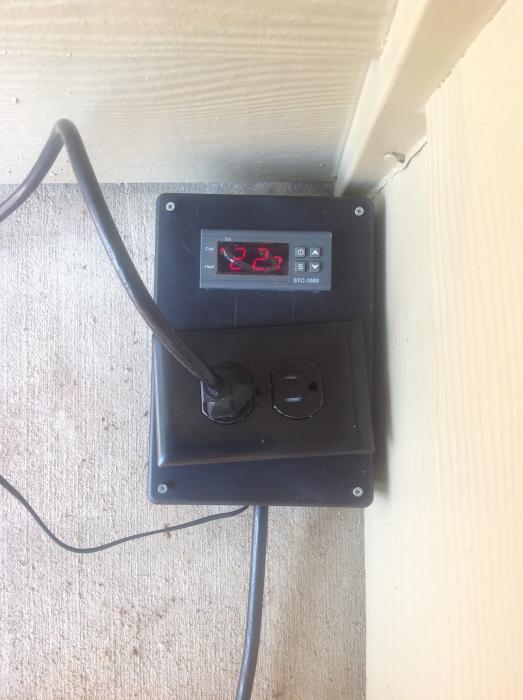raouliii
Well-Known Member
I agree with this post, however, the simple mistake of switching hot and neutral on the receptacle will NOT cause the circuit breaker to trip, especially if nothing is plugged into the receptacle. The OP has another problem.You have the hot side and neutral sides of the outlet reversed. As mentioned, the silver screws on the same side as the ground screw are for the neutral wires, and the brass screws on the other side are for the hot wires. You'll need to break the tab between the brass screws, and make a jumper to connect the silver screws where you broke the tab off. Or just use another outlet that doesn't have the neutral tab broken.
The simple answer is that it is standard practice and a National Electrical Code requirement associated with personal safety. Many current two prong plugs are polarized with wide and narrow blades and three prong plugs are polarized by design. This polarization exists to ensure consistent connection of hot and neutral to an appliance, which requires having receptacles wired to this standard as well. FWIW, neutral is considered the "grounded conductor" by NEC because it is grounded at the main and therefore has no electrical potential referenced to ground. Many applicances are designed with this standard in mind and applying 120VAC to the neutral of the appliance could present a danger to the user.I'm ignorant to this matter, but can you explain why this matters? I see 110v electric as two wires and a ground. Which of the two power wires goes where has never caused me any issues. In his illustration he has one side of the outlet powered all the time, the other is switched. Why does the hot/neutral matter?
I ask because as I said, I've never given it much mind, but I will if it's significant.
Does all this matter in this application? A simple heating element?, not so much. A freezer or refrigerator?, yes.





